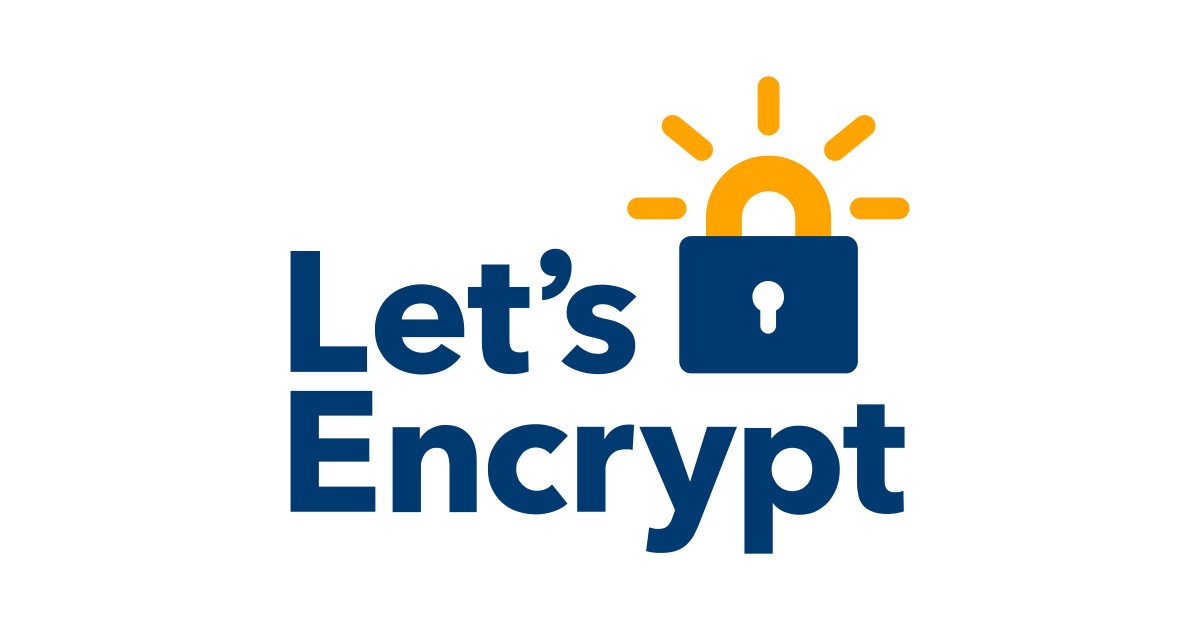Closure | Post-quantum cryptography is too damn big.
Large-scale quantum computers are capable of breaking all of the common forms of asymmetric cryptography used on the Internet today. Luckily, they don’t exist yet. The Internet-wide transition to post-quantum cryptography began in 2022 when NIST announced their final candidates for key exchange and signatures in the NIST PQC competition. There is plenty written about the various algorithms and standardization processes that are underway. The conventional wisdom is that it will take a long t...| dadrian.io



